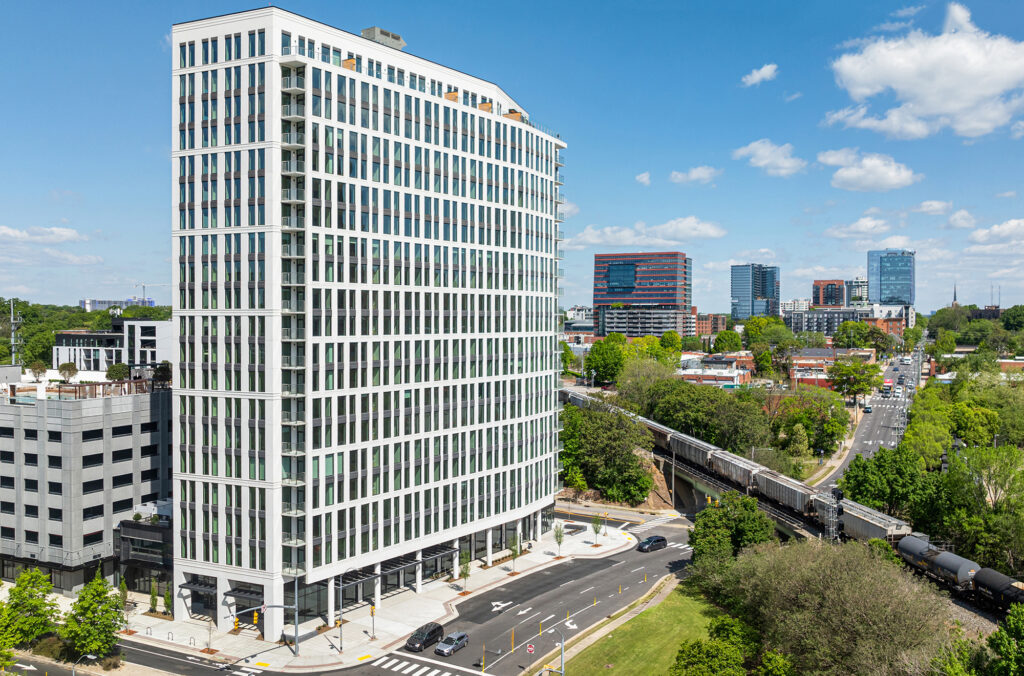1031 Exchanges Continue to Grow in Popularity Under DST Structure
February 25, 2019
By Louis Rogers
Back in the day, a small group of real estate syndicators in Southern California took a partnership structure and converted it into a tenant-in-common, or “TIC” structure. When they divided a property into fractional TIC interests, they were able to sell them to investors in search of replacement property for tax-deferred exchanges under Section 1031 of the Internal Revenue Code.
Originally sold based on the authority of tax opinions, Revenue Procedure 2002-22, issued by the Treasury Department in 2002, provided a higher level of authority for securitized TIC programs. As a result, a burgeoning TIC industry developed with an influential trade association (TICA, now known as ADISA). Independent broker-dealers sold billions of dollars of TIC securities nationwide.
At the industry’s peak between 2006 and 2007, more than $4 billion of equity was raised each year in TIC programs. Flash forward to 2018, and nearly $2.5 billion was raised in DST programs according to Mountain Dell Consulting’s recent market equity update.
TICs to DSTs
Following the real estate recession of 2007 to 2012, the TIC structure was replaced by the Delaware Statutory Trust, or “DST,” structure. This structure is based on the authority of Revenue Ruling 2004-86, a published revenue ruling, and provides greater stability for 1031 programs in a passive investment where the exchanger is not burdened by any property management responsibilities.
DSTs on the Rise
DST sales have been on the rise since 2012, when the structure began to be used widely. With sales on the rise, the DST industry is becoming a mature business, with broad-based DST pipelines of investment-grade properties available for investors seeking replacement property nationwide for their 1031 exchanges.
DSTs have a very low minimum investment amount, which encourages diversification to reduce risk. A diversified portfolio generally has less risk than a concentrated investment in a single asset.
Most exchangers need debt to fully qualify for tax deferral under Section 1031. While initially skeptical, lenders of all types, including agency lenders, have warmed up to the DST structure. This will help ensure a large volume of future DST investments with market-rate debt.
DSTs are sold as securities, with various protections afforded investors who purchase securities through FINRA-licensed broker-dealers and Registered Investment Advisors.
The Goldilocks Approach to DSTs
Today, sponsors continue to create a variety of DSTs. This includes some with no debt (all cash) for exchangers who don’t need or want debt for their exchanges, high-leverage programs for investors who need a higher level of debt for their exchanges, and single-asset and multi-asset DST programs. Though the multifamily asset class leads, investors may also select from office, retail, and industrial asset classes. It is evident that a goldilocks moment has arrived as investors may select from a robust DST portfolio of 1031 replacement properties that are “just right” for their unique situation.
General solicitation and advertising have long been prohibited in Regulation D private placements, but are now permitted when sponsors use the Section 506(c) exemption. This will give millions of investors greater awareness and access to real estate offerings as many will be promoted via the internet similar to crowdfunded investments. This newfound ability to market DSTs enhances the potential for future sales growth, especially with millennials who gravitate to internet offerings and stand to inherit trillions of dollars of real estate in the future.
The Outlook for DSTs is Bright
DSTs solve many problems for exchangers seeking a high-quality replacement property in a passive investment. As aging baby boomers tire of property management and their children begin to inherit real estate they don’t want to manage, DSTs will be viewed as an optimal solution. They will continue to enjoy the monthly cashflow distributions with the added benefit of 1031 tax deferral in a quality, passive investment with quarterly reports and no time-consuming property management responsibilities.
With over 72 million aging baby boomers, many of whom own actively-managed real estate, the velocity of DST sales will continue to increase. As they grow older, there will be an even greater desire to exchange actively-managed properties for passive real estate that qualifies for tax deferral under Section 1031. This will drive the growth of the DST business.
In the near future, DST sales will exceed the highwater mark from the TIC industry in 2006 to 2007 when more than $4 billion of equity was raised each year. The future is bright for the DST industry due to strong sponsors, structuring high-quality 1031 exchange offerings that provide the potential for stable cash flow, preservation of capital and diversification in a passive structure.
To view the full article, click here.

